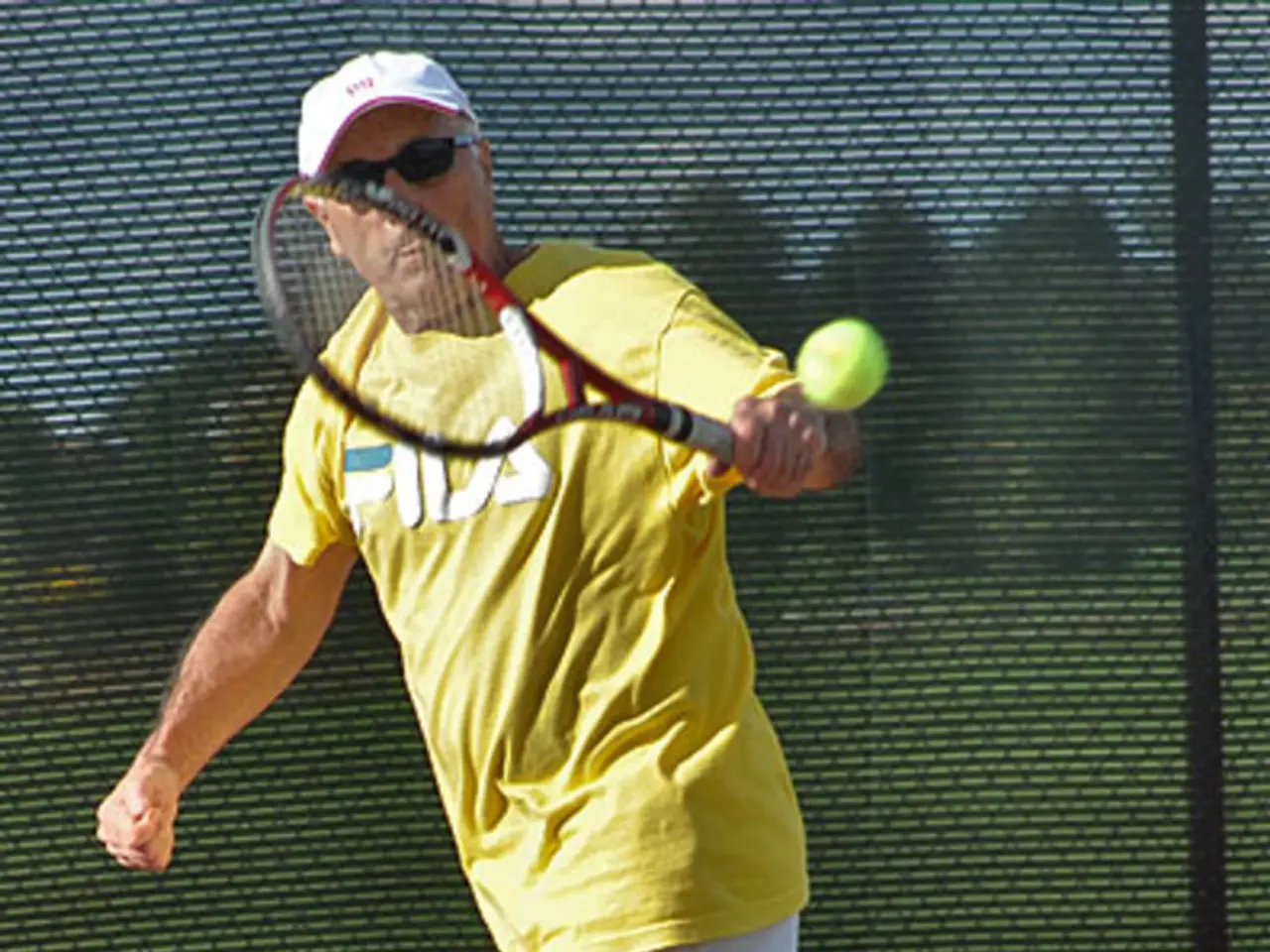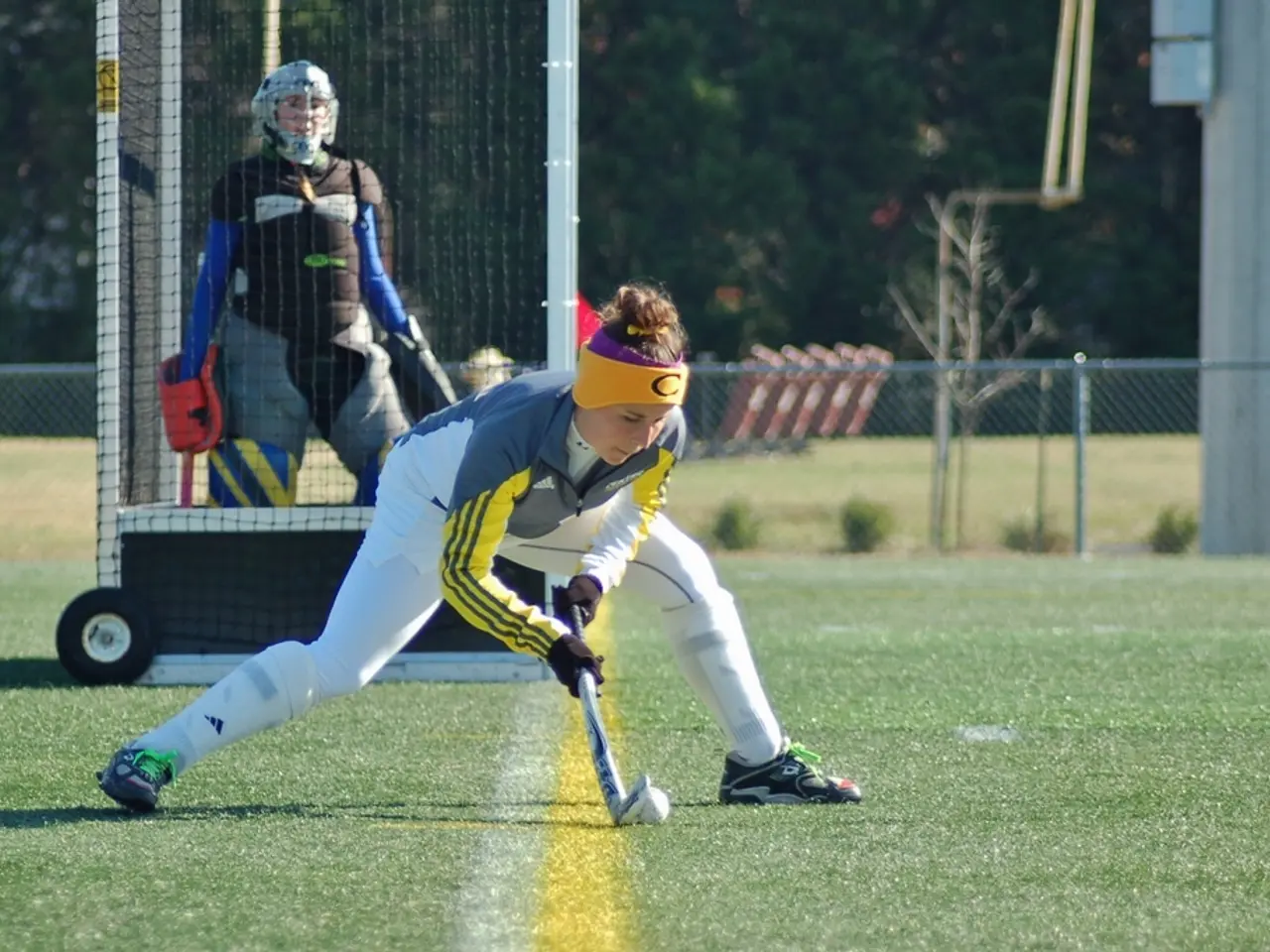Current Tennis Data and Analytics
In the world of tennis, statistical indicators like aces, breaks, and double faults play a significant role in betting strategies. However, the impact of these indicators can vary greatly depending on the court surface - grass, hard, or clay.
Grass courts, known for their quick pace and unpredictable bounce, are favourites among serve and volley players. The speed of the court often results in more aces being served, as shorter rallies are common. Simultaneously, the quick pace means that an ace or double fault can have a larger immediate impact in fast points.
On the other hand, clay courts, the slowest of the three surfaces, offer a high and consistent bounce. These conditions favour defensive baseliners who construct points with heavy topspin. While the frequency of aces may be lower on clay, the increased number of rallies and chances to exploit break points make service breaks more common.
Hard courts provide a balanced environment, offering a middle ground in speed and bounce. Both aggressive serving and baseline play can succeed, leading to a moderate frequency of aces. The chance of breaks of serve and double faults also lies between that seen on grass and clay courts.
When betting on tennis, it's essential to consider how these statistical indicators vary with court surfaces. Expect more aces and fewer breaks on grass, fewer aces but more breaks on clay, and moderate levels of both on hard courts. Player style and historical surface performance should also guide interpretation of these stats for more accurate predictions.
Recently, top 10 tennis player Aryna Sabalenka has shown a high number of double faults in several matches. This trend could indicate a potential weakness that might be exploited when facing tough opponents in upcoming tournaments. If a player is in a crisis and making many double faults, and the next tournament is soon and features a tough opponent, one can bet on the negative double fault handicap or the "individual total over" of the "struggling" athlete.
In conclusion, understanding the impact of court surfaces on statistical indicators is crucial for successful tennis betting. Quality analysis and investment of time are required to make informed decisions, as many bettors consider tennis unpredictable due to a lack of quality analysis. Bookmakers offer bets on statistical indicators such as aces, breaks, and double faults, making it possible for bettors to place bets on a wide range of statistical markets, even beyond the 4 Grand Slam tournaments, such as BC Liga Stavok.
[1] BC Liga Stavok offers a wide range of statistical markets for betting on tennis tournaments. [2] In tennis, bookmakers offer bets on statistical indicators such as aces, breaks, and double faults. [3] For more information about tennis betting strategies, visit BC Liga Stavok's tennis betting guide.
- Grass courts, with their quick pace and unpredictable bounce, often result in a higher frequency of aces being served due to the shorter rallies common on such surfaces.
- On clay courts, the increased number of rallies and chances to exploit break points make service breaks more common, despite a lower frequency of aces compared to other surfaces.








